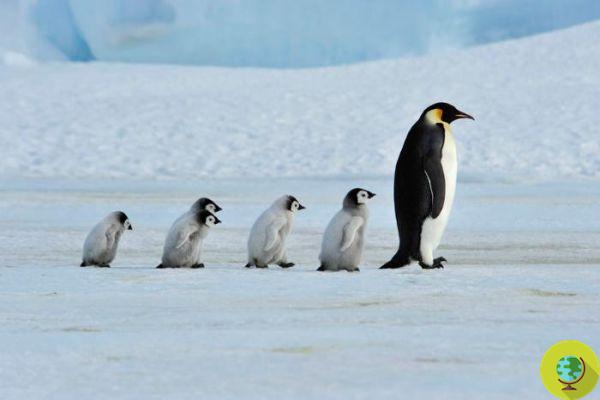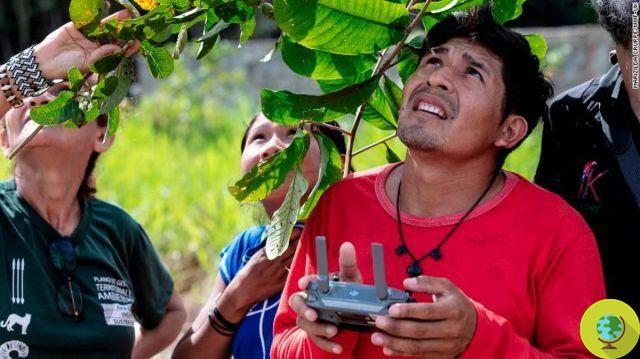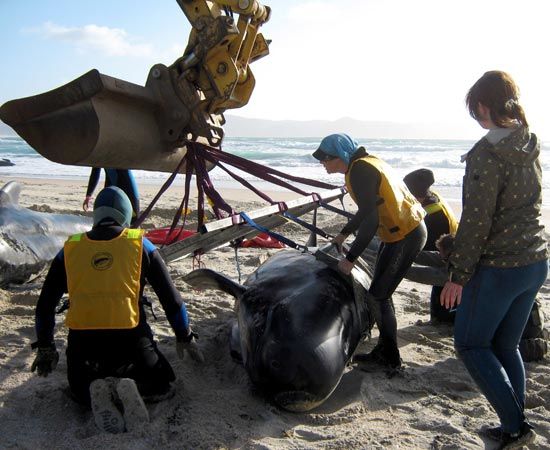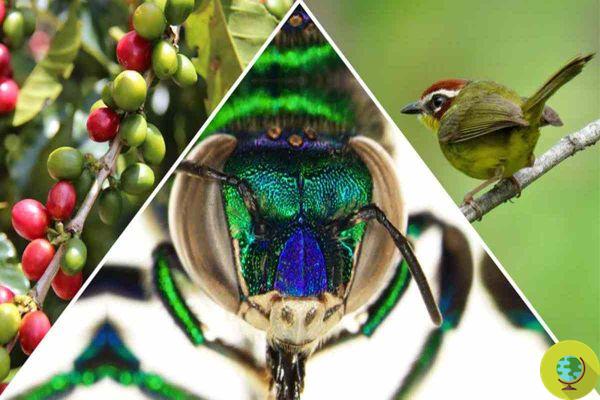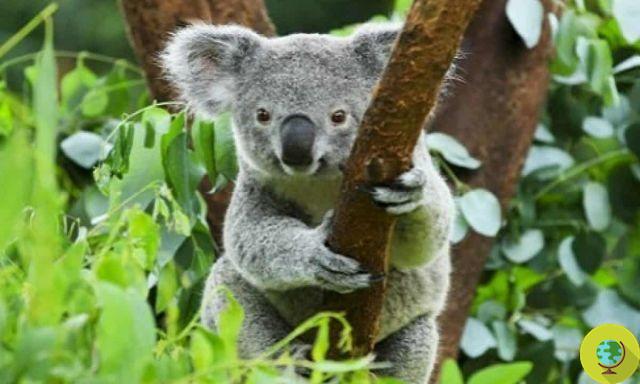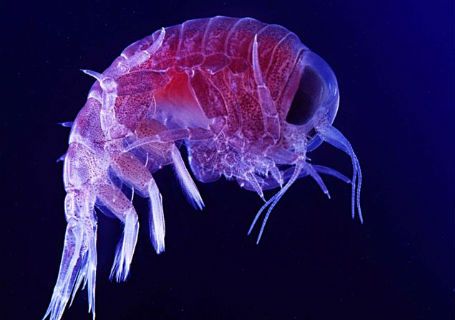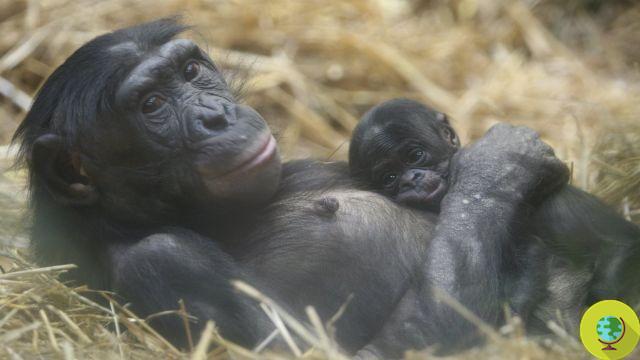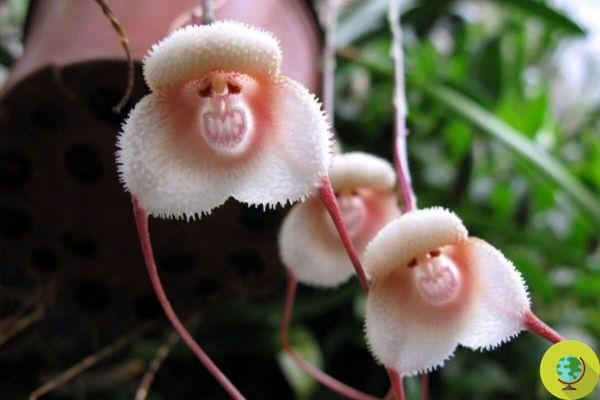The evolution of the social life of bees: new research reveals some details that shed light on the behavior of pollinators
He is about to end up run over, his mother saves himFrom morphology the evolution of their social life: new research from the University of São Paulo (Brazil) reveals some details that shed light on the behavior of bees, those wonderful and indispensable insects that we too often forget.
There are many different species of bees and, contrary to what is sometimes believed, not all live in communities. Over 20.000 species, the so-called solitary bees, do not live in the infamous hives and do not produce honey, but they are just as important for ecosystems.
Read also: Solitary bees, let's host them in our gardens and balconies: they do not produce honey, but they are essential
Corbiculate bees, on the other hand, are mainly social species: their name derives from the corbicula, a sort of cavity on the hind legs in which the pollen is placed for transport to the hive, and include honey bees, stingless bees, bumblebees and orchid bees.
Among these, in fact, honey bees and stingless bees are the only ones with highly complex social behaviors, such as the formation of large colonies with queens, workers and drones.
Bumblebees, on the other hand, show a less complex sociality and orchid bees are mostly solitary. Traditional morphological analyzes have long indicated that honey bees and stingless bees are closely related and that complex social behavior developed in their common ancestor before the groups diverged.
Read also: Not only hives, solitary bees are also extremely sociable (but we are losing them)
After conducting analyzes on nearly 300 morphological traits of these extraordinary insects for nearly a decade, researchers from the University of São Paulo have now added new information, dissecting and painstakingly studying 53 species, analyzing the anatomical structures under optical and electron microscopes. scanning and finally evaluating all the samples in 289 different traits.
The studies were therefore compared with previous ones that had investigated the genealogy with the help of modern technologies of molecular genetic analysis, making comparisons through i computerized statistical analysis.
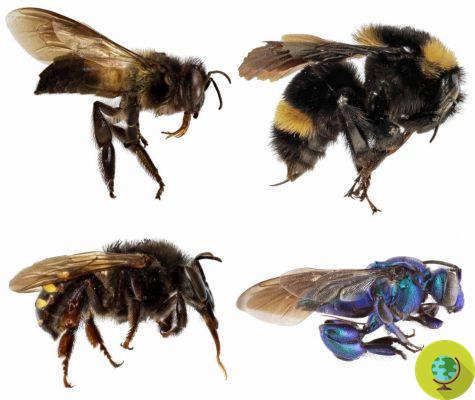
@Eduardo Alemeida/University of São Paulo via Eurekalert
The findings strongly support previous morphological findings that honey bees and stingless bees are the most closely related. But the researchers sought to further explore the discrepancy between what molecular genetic analysis shows and what the morphological data suggests.
A separate analysis was therefore conducted which assessed how well the morphological data were able to adapt to the evolutionary tree drawn on the basis of the molecular analysis, demonstrating that the Meliponini and Bombini species are the most closely related.
The morphological data are telling us a story and the molecular data another - explains Diego Sasso Porto, first author of the work - We will not go anywhere if we keep these conflicting discussions. So we decided to interpret the alternative scenario with our data.
It is possible, the researchers argue, that if bumblebees and stingless bees share a common ancestor that first branched off from honey bees, these species quickly "separated," then evolved divergently for much longer. , Gradually “obscuring” the shared traits.
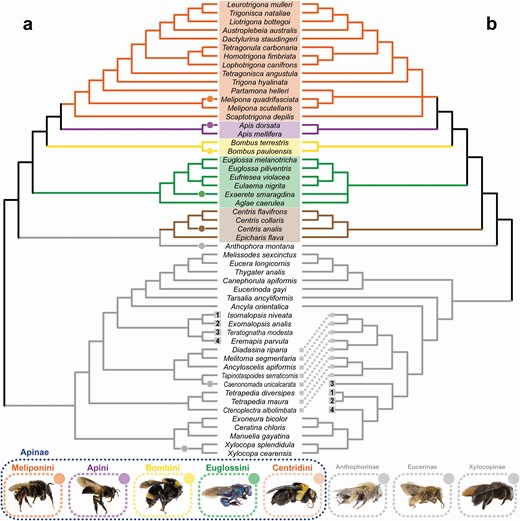
@Insect Systematics and Diversity
Furthermore, the earliest ancestor of stingless bees is believed to be relatively small, and "miniaturization" is known to drive structural simplifications in the anatomical features, which would have further contributed to canceling the similarities between bumblebees and stingless bees.
However, these possibilities do not explain why stingless bees later evolved to become more morphologically similar to honey bees, but the researchers believe that similar functional roles or similar social behaviors between stingless bees and honey bees may have prompted them to evolve into similar ways.
It is time now to test this hypothesis.
It would be really nice to have maybe the same dataset, but including more fossil samples, and run the analyzes again, concludes Porto.
The work was published in Insect Systematics and Diversity.
Sources of reference: Eurekalert / Insect Systematics and Diversity
Read also:
- Without bees, fruit, coffee and chocolate will also disappear. Let's save them from pesticides every day
- Vandals destroy hives and kill millions of bees: over 60 thousand euros raised for the young beekeeper







